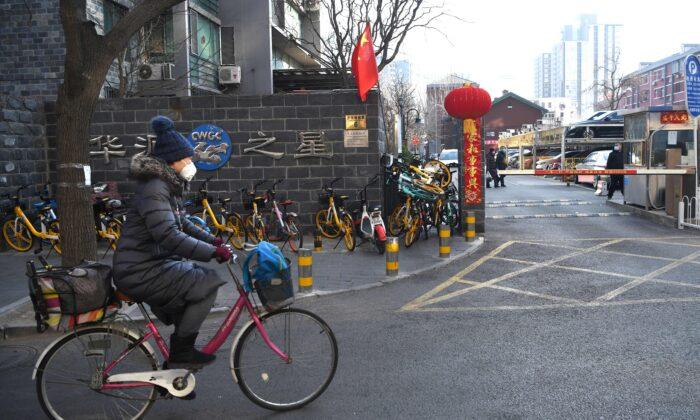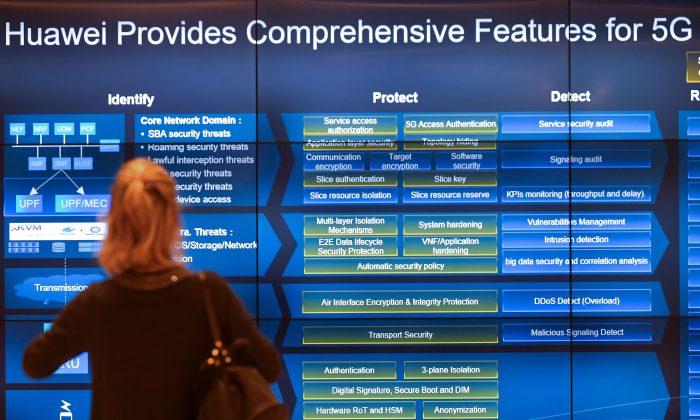Quietly, with little advertising, the Philippines by has surpassed India as the number one call center in the world. Now this South China Sea nation of 7,000 islands, 39 million people workforce, and 470,000 English-speaking college students graduating every year is going to overtake India in non-voice (back office) business process outsourcing (BPO) by 2015.
More than an inexpensive labor pool—one quarter of what it costs in the U.S.—has drawn many Fortune 1,000 companies, including Citibank, JP Morgan Chase, HP, Oracle, Cisco, and dozens of others, to the Philippines to outsource parts of their operations to gain a competitive edge.
Beside the Philippines being the third largest English speaking country in the world, with 93 percent literacy rate of 100 million people, its close ties to the United States is also a big draw. With a good technical education system, a large and diverse talent pool, from animators and software developers to health IT and CPAs, the Philippines is the next Asian tiger on the rise.
Another plus is there’s little turnover of employees at Philippine call centers and BPO organizations, which has plagued India’s outsourcing. The reason: the Philippines has a system of meritocracy. Add the “night differential” pay for those working the graveyard shift and the youngest 25-and-under workforce in the world over the next decade and the Philippines will continue to grow at a rapid pace.
It’s the merit system, in which a graduate Filipino can work at call centers, excel and rise up the ranks to the executive office based on performance. This golden carrot is a key driver for the retention of their employees.
From Business Process Pool to Flourishing Delta
By 2016, healthcare outsourcing in Business Process Management (BPM) is expected to grow to $1 billion in revenues and employ 100,000 people, according to Healthcare Information Management Outsourcing Association of the Philippines.
The expansion into other BPO segments has just begun.
In coming to the Philippines, this author, who has worked more than 25 years in the engineering-construction industry, recognized a building boom when he saw one. Like U.S. cities during real estate boom of the 1980s, commercial and residential office towers have sprouted up in a half dozen micro-cities in metro Manila, including Makati City, Pasig City, Quezon City, and Bonifacio Global City. Viewing the growth on top of a Makati City office tower helipad, I saw the robust growth in terms of new buildings and tower cranes.
How and when did this third world country change into an emerging, business-first nation?
To learn the answer, I sat down with Gillian “Gigi” Virata, Senior Executive Director of Business Processing Association of the Philippines, at its Global City headquarters.
Professional, astute, and well versed in the past, present and future of the Philippines as the next hub in outsourcing, Ms. Virata knew the growth her country was experiencing had deeper roots than many people realized.
The Asian Miracle as Dance
In typical Asian fashion it began with a dance. It was a ritual dance between two opposing forces. The modern version of that dance came center stage in the 1980s when the good intentions of politicians met the craftiness of real estate developers. Almost by accident, an edict launched an era of perennial growth. A nation with 90 percent of its population poor saw the first glimmers of hope.
Manila politicians offered vast stretches of real estate to developers, sweetened with various incentives, to build projects by hectare (1 hectare is 2.47 acres or 107,639 square feet) across the open, flat land around Manila Bay.
Knowing an opportunity when handed one, the real estate developers built vertically, not horizontally as the politicians had imagined. They erected tall buildings to achieve the hectares of space, by adding the accumulative square foot of all the floors for each office tower. They built upwards instead of outwards. Other developers followed suit and the race was on its way with residential buildings to follow.
During that time, the consulting giant Arthur Andersen (pre Accenture), one of the Big Five accounting firms, came to the Philippines to begin outsourcing many of its back office operations. This was the mid ‘80s, pre-Internet, pre-email, and little bandwidth. Once they setup shop, other U.S. conglomerates came, too. By the 1990s, Pixar, Disney, and Hollywood studios, focused to control runaway production costs, courted Filipino animators, not just to save on labor costs, but also to tap into a creative pool of artists.
Interview with Gigi Virata
After rattling off statistics on growth, Ms. Virata’s explanation of the dance continued: “During the 1997 Asian financial crisis, the government began breaking up the telecom monopoly and small call centers were setup by Sykes, the American company. By 2001, startups and small developers arrived. The government erected economic zones and more high-rises came.
“With the office towers we needed residential buildings. Access to the work place had to support the mass hiring of new employees. Soon we had a highly accessible work force with a great public transportation,” she said.




